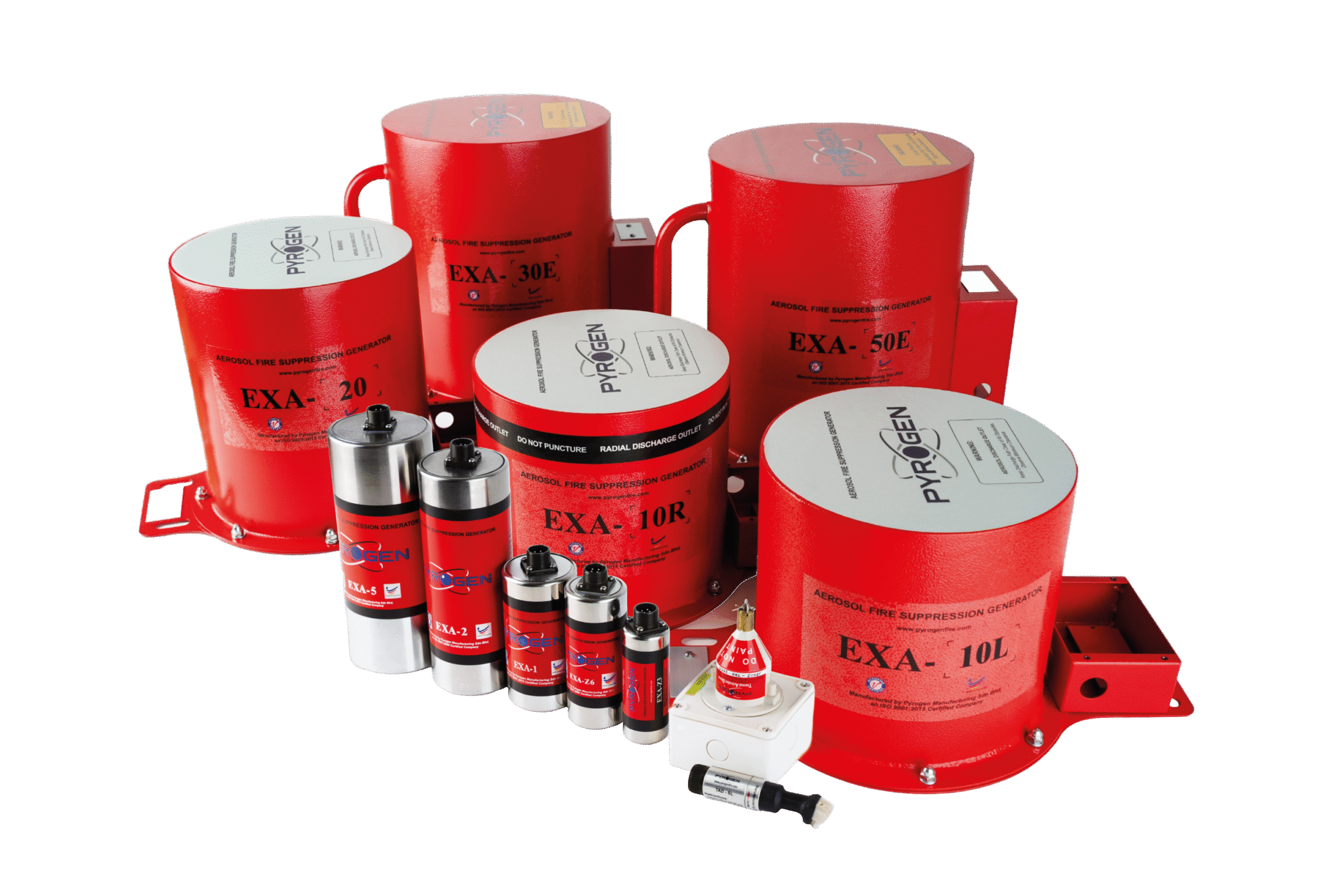
Fire protection in chemical and petrochemical environments is a complex and critical task, requiring a well-designed strategy to mitigate the risks of fire and explosion. These facilities often handle highly flammable, reactive, and hazardous substances in various forms—liquids, gases, vapors, and solids. The diversity of chemical compounds, the scale of material quantities, and the variety of processes involved significantly increase the fire risk profile.
Operational hazards can include high-pressure and high-temperature processes, high-voltage electrical systems, elevated noise levels, and the generation of toxic byproducts. These factors, combined with densely packed infrastructure—such as intricate pipe networks, confined processing areas, and multilevel structures—present significant challenges for fire detection and suppression.
Chemical and petrochemical processes are particularly susceptible to ignition events, overpressure incidents, and explosions. Laboratories, despite adhering to strict fire safety protocols, remain vulnerable due to the presence of ignition sources such as gas burners, hot plates, and reactive or pyrophoric substances. The inherent volatility of many chemicals further contributes to a heightened fire risk, especially when containment or procedural controls fail.
While most chemical and petrochemical facilities maintain robust fire protection programs, the risk of fire incidents remains. When an event occurs, facility managers must act swiftly to protect personnel, safeguard critical assets, reduce environmental impact, and minimize operational downtime.
Modern fire protection systems must balance effectiveness with efficiency, meeting strict requirements for space, weight, reliability, and maintenance. In particular, storage areas pose significant fire threats, especially where large volumes of flammable or combustible chemicals are concentrated. Similarly, although laboratory fume hoods and glove boxes reduce the risk of inhalation exposure, they provide limited protection against fire outbreaks. A spark, pressure imbalance, or uncontrolled temperature increase can rapidly escalate into a catastrophic event. Fires can spread quickly via ventilation systems, potentially triggering secondary explosions and widespread damage.
Early fire detection is essential to prevent escalation, protect critical infrastructure, and ensure the safety of personnel.
Preserve the core of your business operations by safeguarding critical assets and human lives from potential fire hazards.
With Pyrogen’s fire suppression systems, your operations can run seamlessly with minimal disruptions from fire incidents and your employees can work in a safe environment.
Pyrogen’s range of fire suppression systems are certified to international fire standards, environmentally friendly and manufactured with stringent quality standards.

